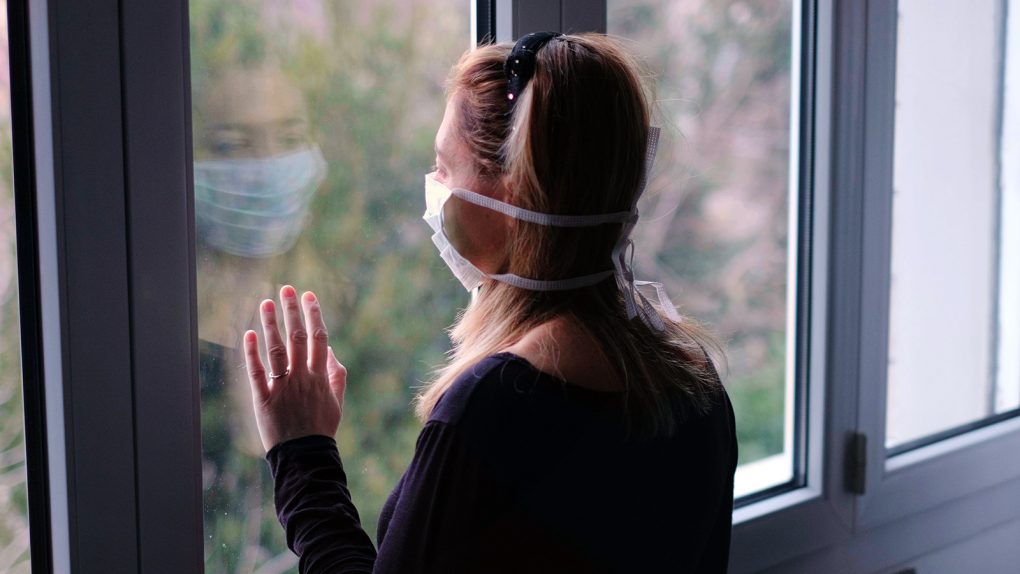- A study from the publication Virology Journal has provided some additional clarity into how coronavirus transmission occurs.
- Specifically, the study looked at common surfaces people touch every day that can be home to the COVID-19 virus.
- The common surfaces and potential spreaders of COVID-19 include cell phone screens, kitchen surfaces, and money, to name a few.
The coronavirus pandemic is starting to take an ominous turn in the US, where more than a dozen states have just set new record numbers of COVID-19 hospitalizations — and daily case numbers in the country are also back up to levels not seen since this summer.
In a depressing CNBC interview on Tuesday, former FDA chief Dr. Scott Gottlieb additionally warned that the US is about “a week away from seeing a rapid acceleration” in new coronavirus cases. And that, while “we can look to happier days … these are going to be some tough months ahead.” Which makes it all the more critical to be aware of the facts surrounding coronavirus transmission and symptoms, so that we’re in the best position to keep ourselves and our loved ones protected from the virus.
To help with that process, the publication Virology Journal has taken a look at how long the COVID-19 virus can last on a variety of surfaces and how infectious it might be. The surfaces that were tested include a lot of common things that people ordinarily touch during the course of the day, and they include:
- Cell phone screens
- Public transportation windows
- ATM screens and buttons
- Household fabrics
- Surfaces in hospital waiting rooms
- Kitchen surfaces
- Paper money
That latter surface — the green paper that all of us have stuffed in our wallets and purses, and which we might hand back and forth multiple times during the day — may be the most dangerous. The Virology Journal study noted that the coronavirus can actually linger on paper money the longest — indeed, that it’s able to last for up to 28 days at 68 degrees Fahrenheit.
Cell phone screens, meanwhile, are right up there with money in terms of being a surface we touch with frequent regularity over the course of a day. They’re another common surface that can be home to pathogens like the COVID-19 virus, and, as with money, most people don’t clean their cell phone screens as well or as often as they should.
Here, meanwhile, are some additional facts to know about the coronavirus and how long it can stay on surfaces (from the CDC’s most recent data). According to the CDC:
- Coronaviruses on surfaces and objects naturally die within hours to days. Warmer temperatures and exposure to sunlight will reduce the time the virus survives on surfaces and objects.
- Normal, routine cleaning with soap and water removes germs and dirt from surfaces. It lowers the risk of spreading COVID-19 infection.
- Disinfectants kill germs on surfaces.








